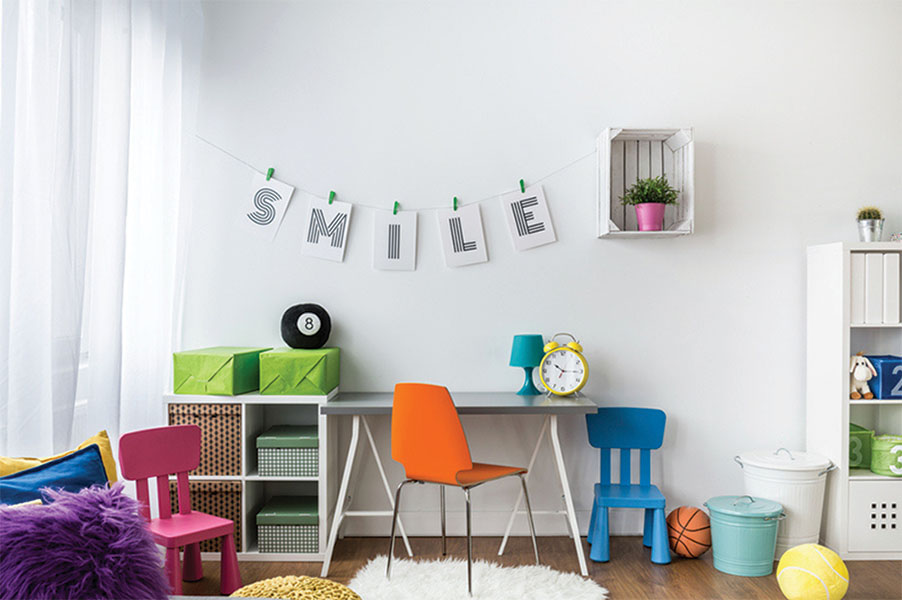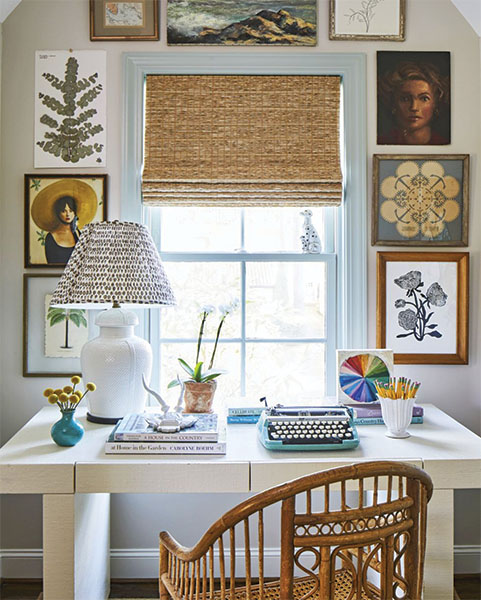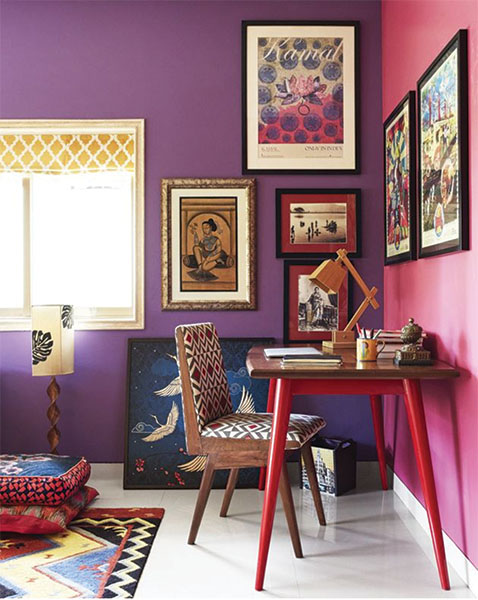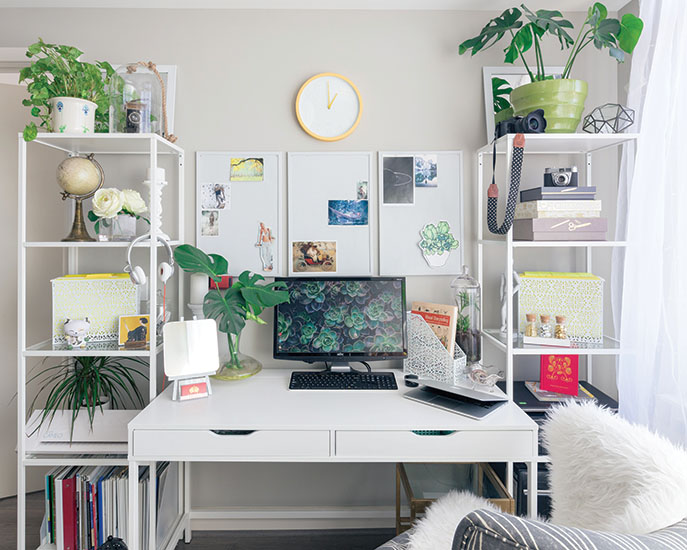As students return to class, it’s a good idea for families to prepare their homes for a smooth transition from summer to the academic season. With the help of some clever hacks, you can create an organized environment that’s conducive to your children’s learning and wellbeing. Let’s explore some practical ways you can optimize your home ahead of the upcoming school year:
1. HAVE A DEDICATED STUDY ZONE

Create an area where your children can focus on their schoolwork without distractions. Choose a quiet corner or room and equip it with a comfortable desk, chair and proper lighting. Personalize the space with inspiring artwork or motivational quotes to encourage productivity.
2. ORGANIZE SUPPLIES
To avoid last-minute searches for school supplies, designate storage zones for backpacks, books, stationery and other essentials. Consider using wall-mounted shelves, storage bins or cubbies to keep items organized and easily accessible.
3. CREATE A COMMAND CENTER

Set up a centralized command center to keep track of important dates, schedules and reminders. Use a large whiteboard or chalkboard to display the family calendar, school timetables, extracurricular activities and upcoming events. This will help everyone stay organized and ensure no tasks or appointments are overlooked.
4. INCORPORATE FUNCTIONAL FURNITURE
Invest in furniture that serves multiple purposes to maximize space efficiency. Opt for desks with built-in storage compartments or bookshelves with integrated study nooks. Foldable tables or desks can be a great option for smaller rooms, as they can be easily tucked away when not in use.
5. DESIGNATE HOMEWORK TIME
Establish a consistent homework routine to instill discipline and focus. Designate specific time slots during the day for homework and encourage your children to adhere to the schedule. This will help them develop good study habits and maintain a healthy work-life balance.
6. ENHANCE LIGHTING

Ensure that your study area has ample natural light. A light, bright room promotes better concentration and reduces eye strain. Supplement natural light with task lighting, such as desk lamps, to provide adequate illumination for reading and writing.
7. INSPIRE CREATIVITY

Include elements that inspire imagination in your children’s study space. Add a bulletin board or a magnetic wall to display their artwork and achievements. Incorporate vibrant colors, comfortable seating and a small library to foster a love of learning.
8. INCORPORATE ERGONOMIC SOLUTIONS
Prioritize ergonomic furniture and accessories to support your children’s growth and development. Choose adjustable chairs and desks that can adapt to their changing height. Ensure that computer screens are at eye level and that students have proper back support to prevent discomfort and strain.
Remember, a well-designed home can help boost your children’s academic performance and overall happiness. Embrace these ideas and make the most of the upcoming school year!


